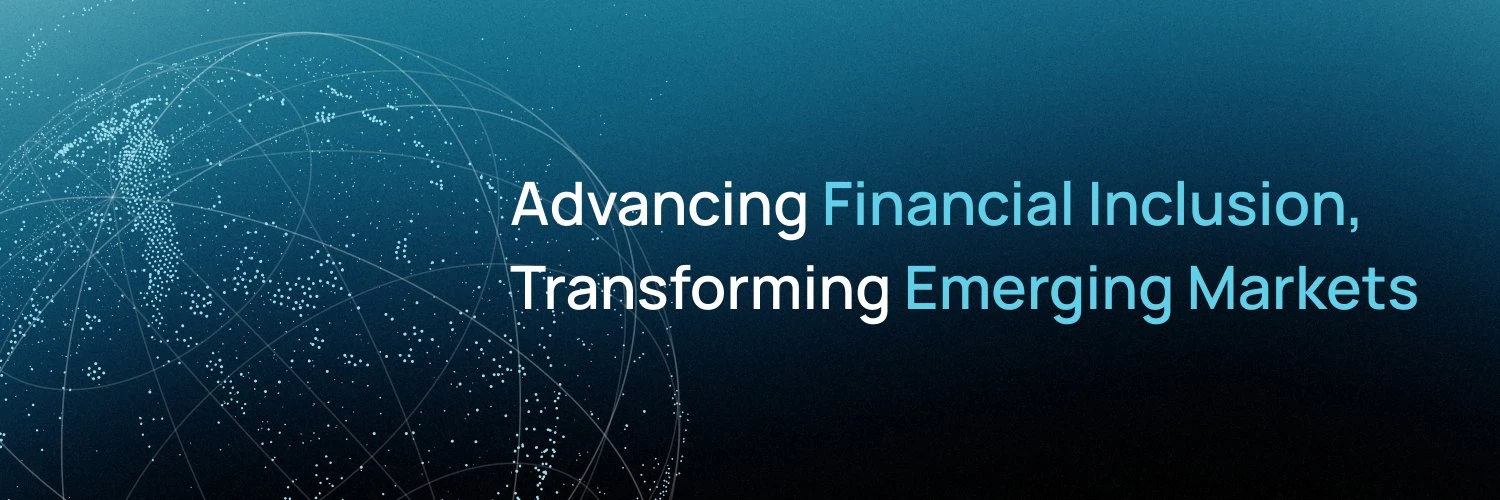
In Southeast Asia, a hotbed of rapid digital economic development, a distinct contradiction is creating opportunities for financial innovation: According to the World Banks 2021 Global Financial Inclusion Index (Global Findex), although only 56% of adults in the regions 680 million people have bank accounts, the latest data from DataReportal 2023 shows that smartphone penetration has exceeded 75%, and mature markets such as Singapore and Malaysia have exceeded 80%. This unique pattern of digital devices first, financial services lagging behind is building a natural testing ground for digital financial instruments such as stablecoins - when the mobile terminal reach rate far exceeds the bank branch coverage rate, leapfrogging financial inclusion may be quietly happening in this vibrant market.
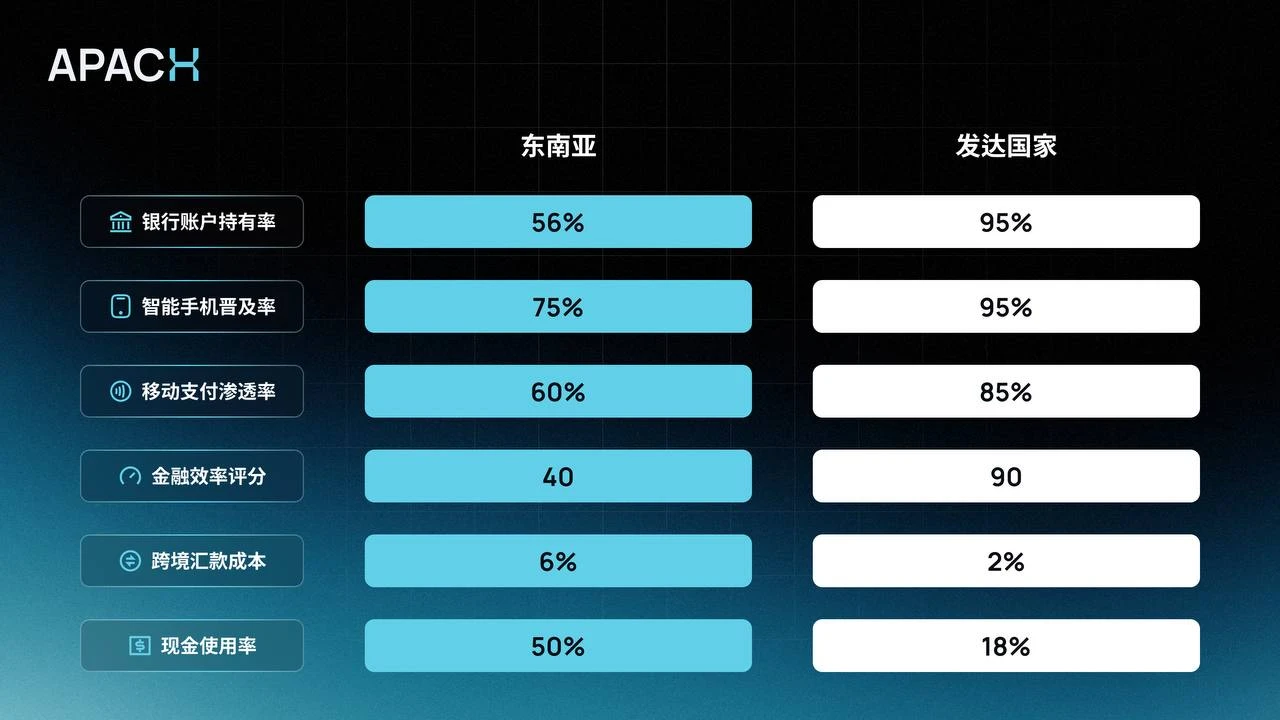
Core positioning: Comprehensive service provider of stablecoin infrastructure

The APACX team is composed of senior practitioners from the fields of payment, Web3, asset management and traditional Internet, with both forward-looking financial technology and practical experience in mature markets. Core members have led the development of cross-border payment systems, stablecoin protocol design and large-scale digital wallet applications, and have experience in compliance operations in the traditional asset management industry. This diverse professional background enables the team to accurately grasp the unique needs of the Southeast Asian market of digital first, financial supplement and build innovative and practical digital financial solutions for local users.
APACX takes stablecoin as its core and provides full-link infrastructure services for financial institutions, enterprises and Web3 ecosystem participants. Its business covers three major directions:
1. Stablecoin issuance consulting and custody: Support institutions to develop customized stablecoins anchored by local currencies (such as the Philippine Peso stablecoin PHT), and provide dynamic collateral rate management, real-time reserve auditing and multi-chain wallet custody services;
2. Cross-border payment and settlement: By integrating SWIFT, local clearing systems and blockchain networks, cross-border settlement can be achieved within minutes, reducing transaction costs by more than 60%;
3. Compliance access support: Provide legal currency deposit and withdrawal interfaces, license application consultation and localized compliance framework design for DeFi protocols and traditional enterprises transforming to Web3.
APACX is verifying its model in the Philippine market, and is working with local bank-level payment institutions to build a scenario network covering cross-border e-commerce, cross-border remittances, supply chain finance and other fields. At present, the peso stablecoin PHT, which it participates in incubation as a technology provider, has been connected to more than 800 compliant offline exchange nodes, and will be further expanded to more high-growth scenarios.
Technology foundation: comprehensive capabilities behind the service
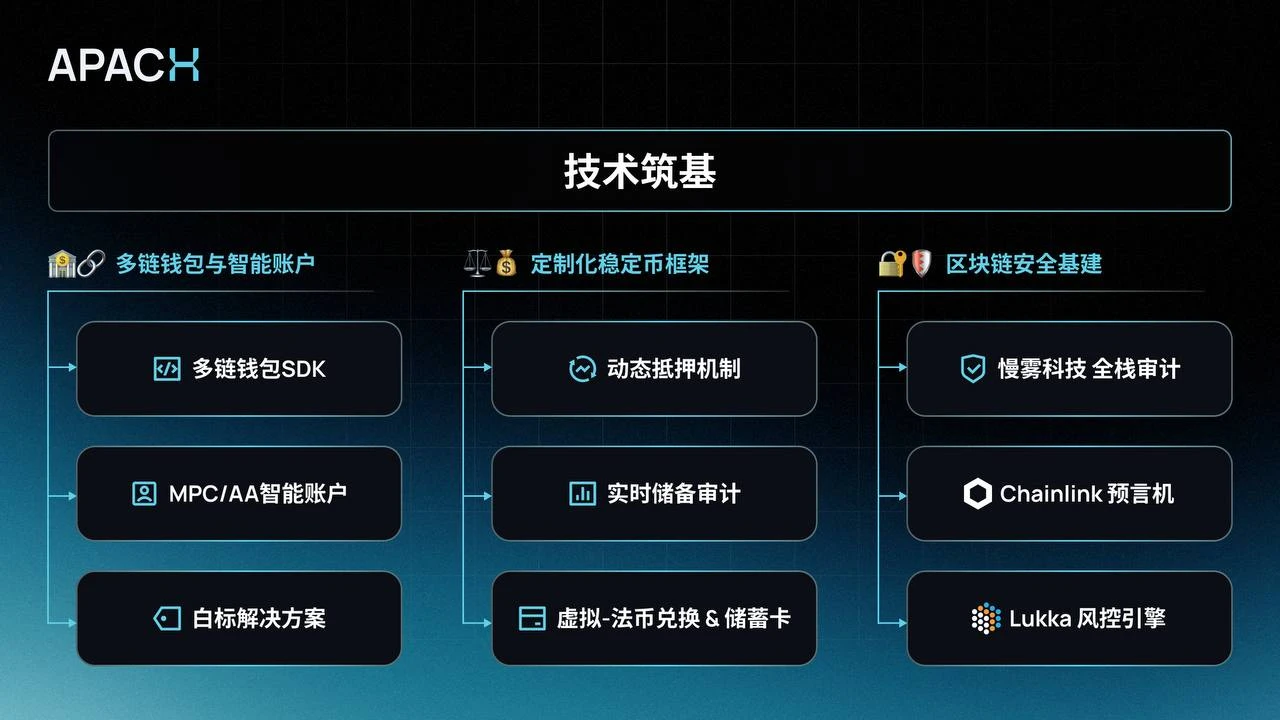
APACXs technical architecture is based on the principle of compliance first, scenario driven and continues to accumulate in three major modules:
1. Multi-chain wallet and smart account: Through the enterprise-level multi-chain wallet SDK and MPC/AA smart account system, we provide white label solutions for financial institutions to help them quickly deploy compliant digital asset portals;
2. Customized stablecoin framework: Supports dynamic collateral mechanism and real-time reserve audit system to ensure reserve transparency, and is equipped with virtual-fiat currency exchange network and physical savings card services;
3. Blockchain security infrastructure: Relying on SlowMist Technologys full-stack audit technology, Chainlinks decentralized oracle network, and Lukkas real-time transaction risk control engine, we build a full-link system from data verification to asset protection.
Technical complexity is encapsulated as standardized service modules, and customers can call the required functions without going deep into the bottom layer. For example, a medium-sized e-commerce website can quickly integrate APACXs payment system through multi-chain wallets and smart account technology, and the cross-border settlement time is shortened from 3 days to real-time arrival.
Regionalization strategy: building a financial interconnection network in Southeast Asia
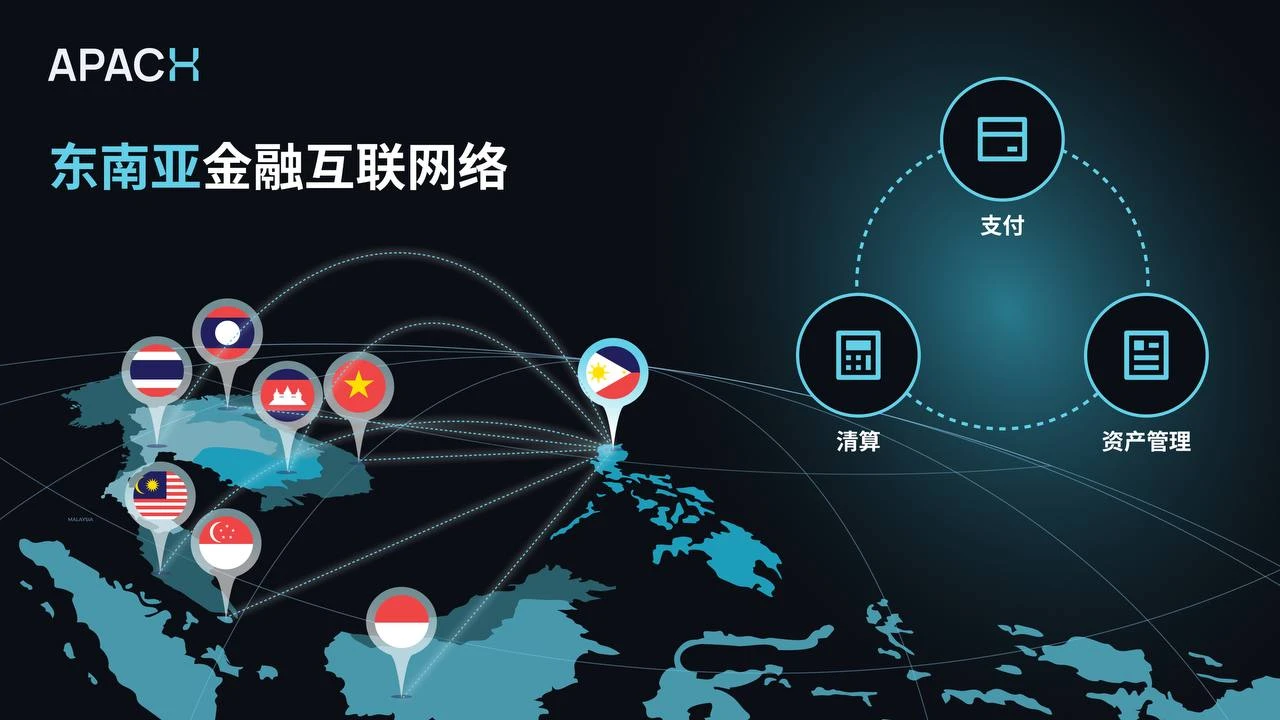
APACXs expansion blueprint is based on regulatory coordination and infrastructure reuse as its core strategy. APACX is accelerating the replication of proven technology models to markets such as Vietnam and Thailand. The completion of this network is expected to save regional companies more than $1.5 billion in cross-border settlement costs each year.
The deeper strategy is to build a cross-industry resource matrix. APACX is forming an ecological closed loop of payment-clearing-asset management by connecting financial institutions, regulatory agencies and e-commerce platforms. For example, in the supply chain finance scenario, companies can use APACXs smart investment advisory system to realize the automatic configuration of legal currency and digital assets, while avoiding exchange rate fluctuation risks through multi-currency fund pools. This three-dimensional collaboration of technology-scenario-regulation has built a significant competitive barrier for APACX.
Future Vision: Paradigm Innovation of Web3 Financial Infrastructure
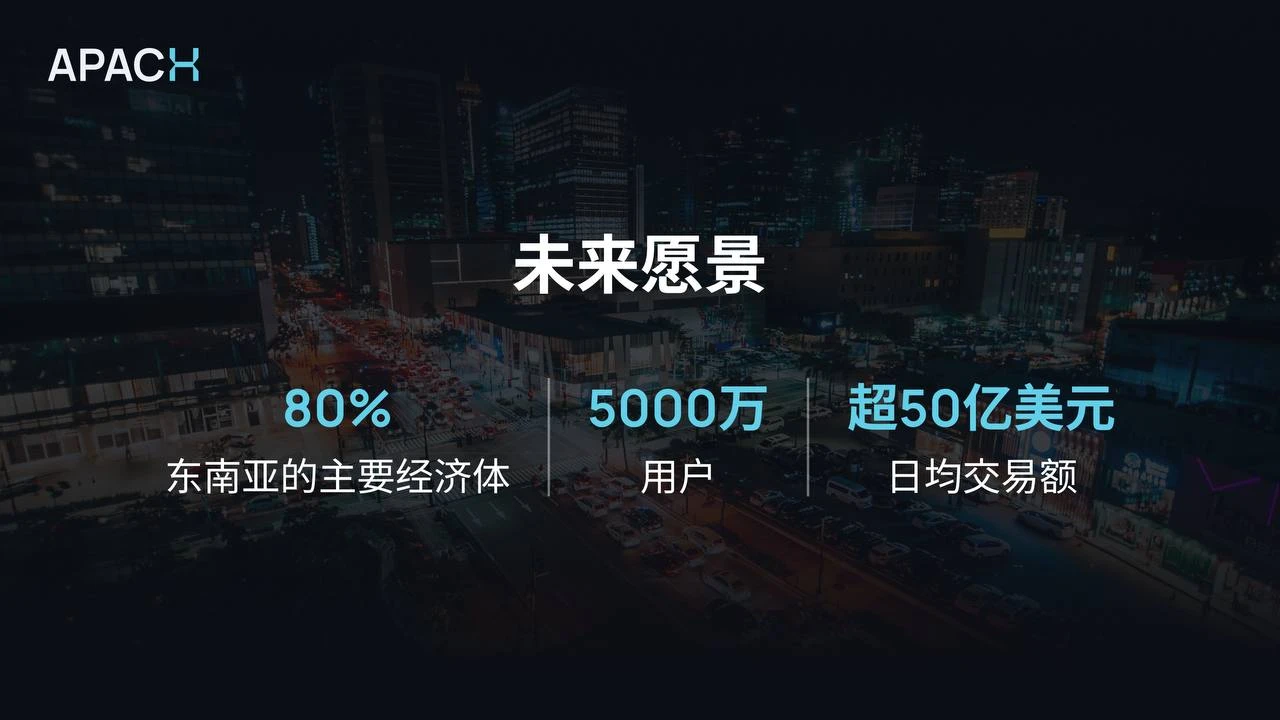
APACXs practice provides a replicable Web3 transformation path for emerging markets. Its technical architecture not only achieves a leap in payment efficiency (from T+3 to real-time clearing), but more importantly, through a compliance-first strategy, it explores a paradigm of integration between regulatory framework and decentralized technology.
In the next three years, APACX plans to expand its service network to 80% of major economies in Southeast Asia, ultimately forming a compliant financial ecosystem covering 50 million users and with an average daily transaction volume of over US$5 billion, providing underlying support for the regional economys transition from Web2 to Web3.
Conclusion
From stablecoin issuance to cross-border payment networks, APACX has redefined the paradigm of financial innovation in Southeast Asia as an infrastructure service provider. Its story is not simply about technological disruption, but about how to find a foothold in a complex regulatory environment so that the efficiency dividend of Web3 can truly benefit the real economy. This may be the financial revolution that emerging markets need most - embracing the future while also taking root in reality.










